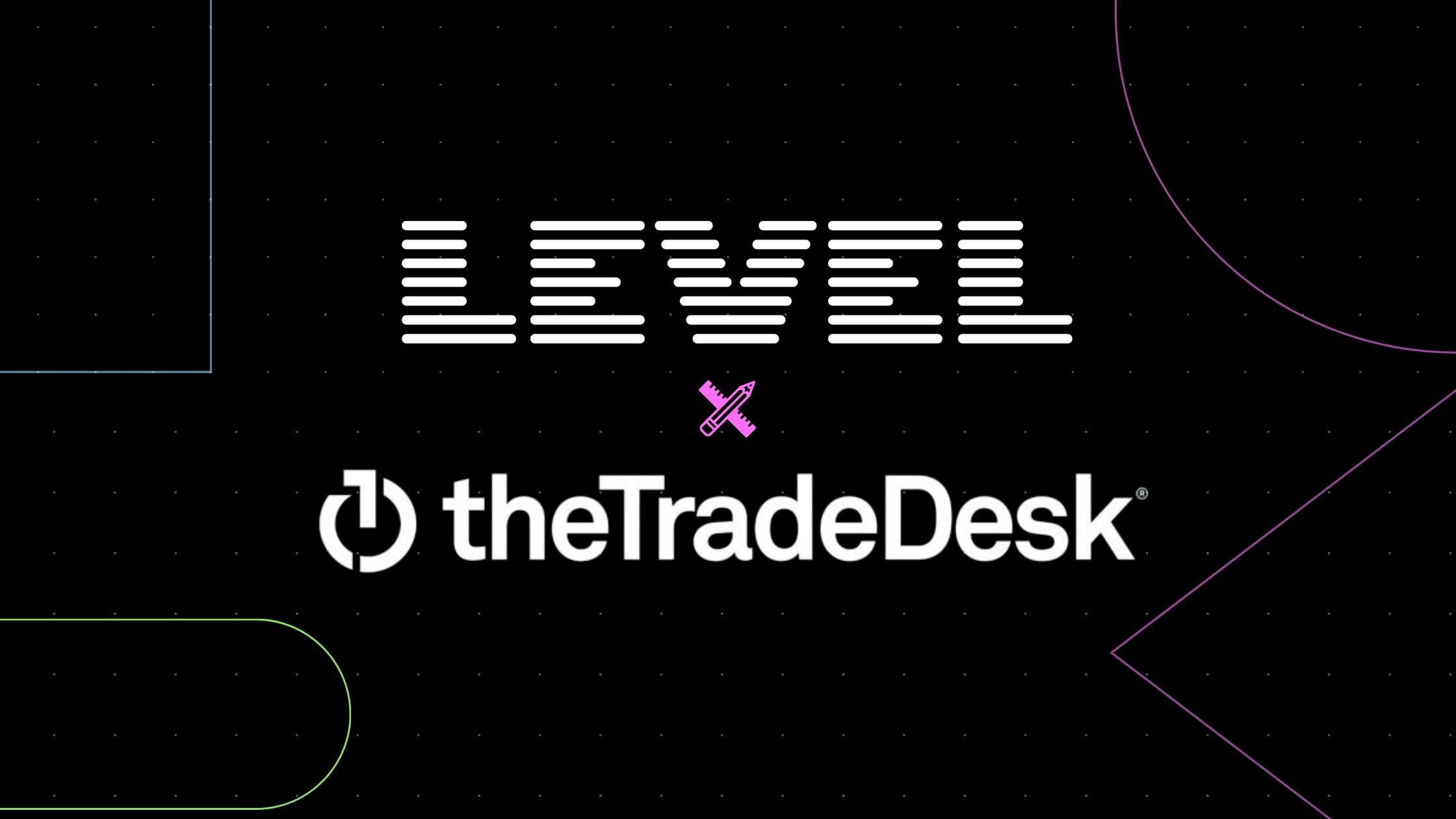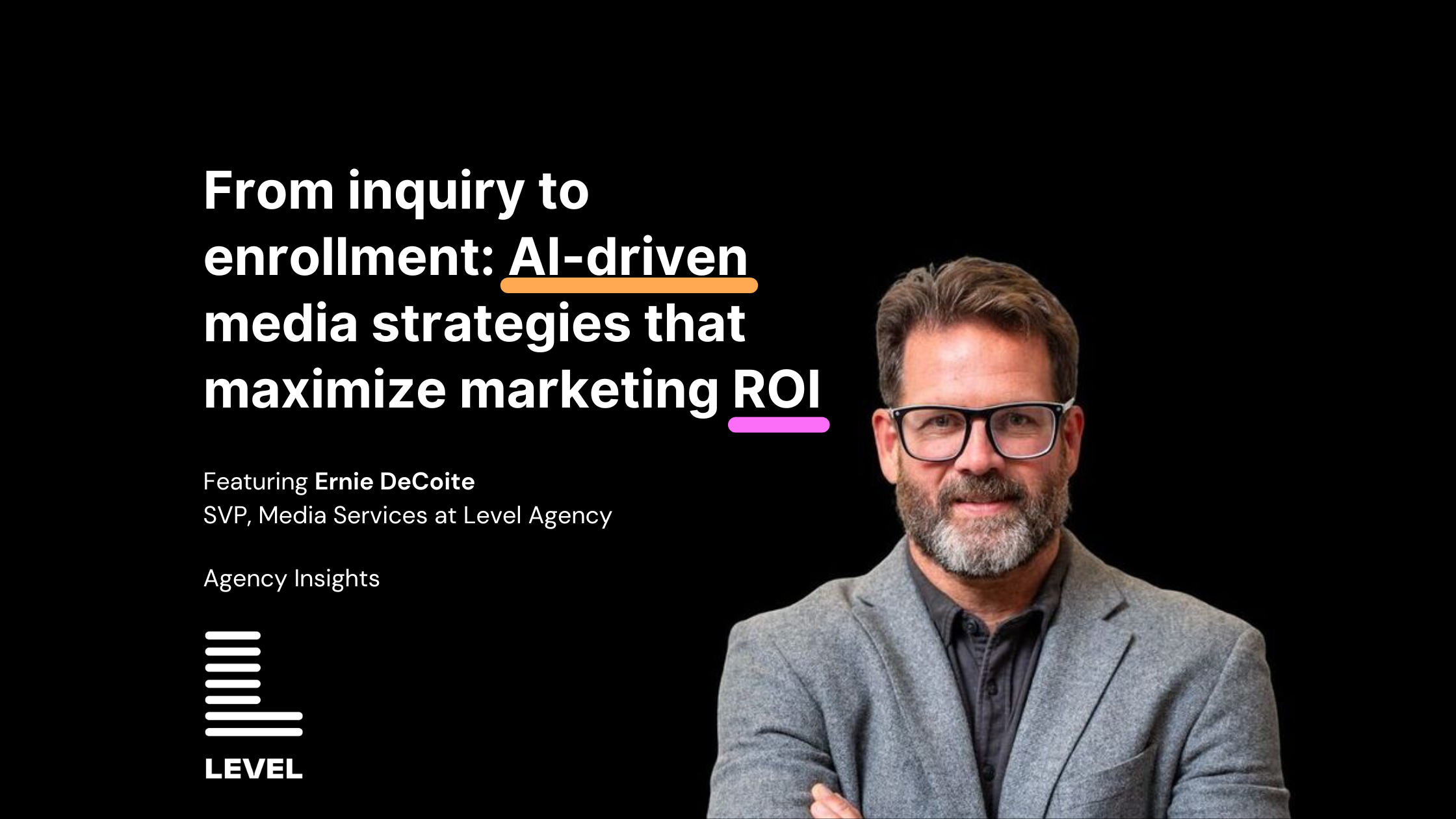Cross-marketing-channel attribution — or “Multi-Touch Attribution” is the process of attributing credit for a result from the multiple user interactions across different advertising platforms. It can define and lift the results of campaigns, so making the output actionable is crucial — using path data from initial touchpoint down through conversion event to make decisions that impact bottom line.
To better understand Multi-Touch Attribution, consider this example: A user purchases something or fills out a lead form after searching for a company by name. Earlier interactions between the user and company must have prompted the user to search. Enter attribution, which aims to define that user journey. The default attribution model is last-click, which would give full credit for the sale or lead form to brand search. A more nuanced multi-touch attribution model would look back at the user’s history and see that the user first searched for a more general nonbrand term; after an initial site visit, the user was added to a remarketing pool and was served an additional 5 display and 3 Facebook ads before the final brand search. These additional touchpoints should receive partial credit for the final sale/lead.

While there are a lot of benefits to attribution modeling, one big obstacle is the time and effort required in the complex set-up. It requires tracking an individual across different platforms and places on the internet.
Referencing just one in-platform attribution model has limitations as these are not able to accurately measure in their non-owned platforms. Google Analytics is another tool that can help with the setup of an attribution model by tracking Google Tag Manager tags on landing pages.
Most advertising platforms have implemented some sort of attribution in their tracking and optimization features. In Google Ads, you can select an attribution model for conversions which directly affects bidding strategies.
Common Attribution Models
Last-click attribution, the default model in many platforms, tends to downplay the value of higher-funnel platforms such as branding campaigns and display, while overemphasizing the role of vehicles like tradename search.

40-40 attribution is a position-based model that allows you to create a hybrid of the Last Interaction and First Interaction models. Instead of giving all the credit to either the first or last interaction, this model splits the credit between them. One common scenario is to assign 40% credit each to the first interaction and last interaction, and the remaining 20% split across the interactions in the middle. This model is useful if you most value touchpoints that introduced customers to your brand and final touchpoints that resulted in conversions.

Time decay attribution is another position-based model that gives more credit to clicks that happened closer in time to the conversion. Credit is distributed using a 7-day half-life. In other words, a click 8 days before a conversion gets half as much credit as a click 1 day before a conversion. This model is useful if the sales cycle involves only a short consideration phase.

One actionable way to use attribution is to compare across the different models to establish more accurate benchmarks and goals. When comparing positional 40/40 and time decay attribution models to last click, one can measure the conversion lift percentage, which is the shift of conversions between platforms. Although specific platforms and tactics such as tradename search or display may reflect higher or lower conversion volume with these attribution models, the total amount of conversions across all platforms should remain the same. These lift coefficients can help to determine allowable cost per conversion thresholds or benchmarks across platforms that take into more fair consideration those platforms that are higher funnel. For example, if display has a $500 cost per conversion from a last click perspective with a set $400 goal, but with the 40/40 model, we see a 30% lift in conversion credit since display is included in earlier touchpoints, the $500 last click cost per conversion actually would be under goal if read with a 40/40 model. This could lead to an adjustment of goal based on the additional contributions that display is making across other channels.
| Display | Last Click | 40/40 |
| Cost | $10,000 | $10,000 |
| Conversions | 20 | 26 |
| Cost Per Conversion | $500 | $385 |
Another method is to complete a Path to Conversion analysis. This analysis can uncover the average number of interactions in a path so you can better understand the consideration path for your product. This can also help to shed light on which platforms are acting as first interactions more than last interactions and vice versa, which can help to inform adcreative (using the right call-to-action, for example).
Because attribution models can be broken down at the individual level, it is a useful tool to examine data in a channel-specific environment to understand how different campaigns and tactics within a channel work differently. This can lead to the opportunity to make specific optimizations and creative changes depending on what is or is not working.
Finally, attribution modeling can be used in tandem with marketing mix modeling to get a fuller picture of which marketing techniques are incrementally driving conversions and at what level. While attribution sheds light on what clicks and impressions are leading to which conversions, marketing mix modeling takes a bigger picture view to measure which of these conversions would not have occurred without which forms of marketing and can help to inform budgeting choices.
Although it requires a lot of work to set up correctly, having comprehensive attribution models that are not just on a last click basis leads to a deeper understanding and ability to optimize and tailor your marketing budget and strategy. The demanding work pays off when results are actionable.








